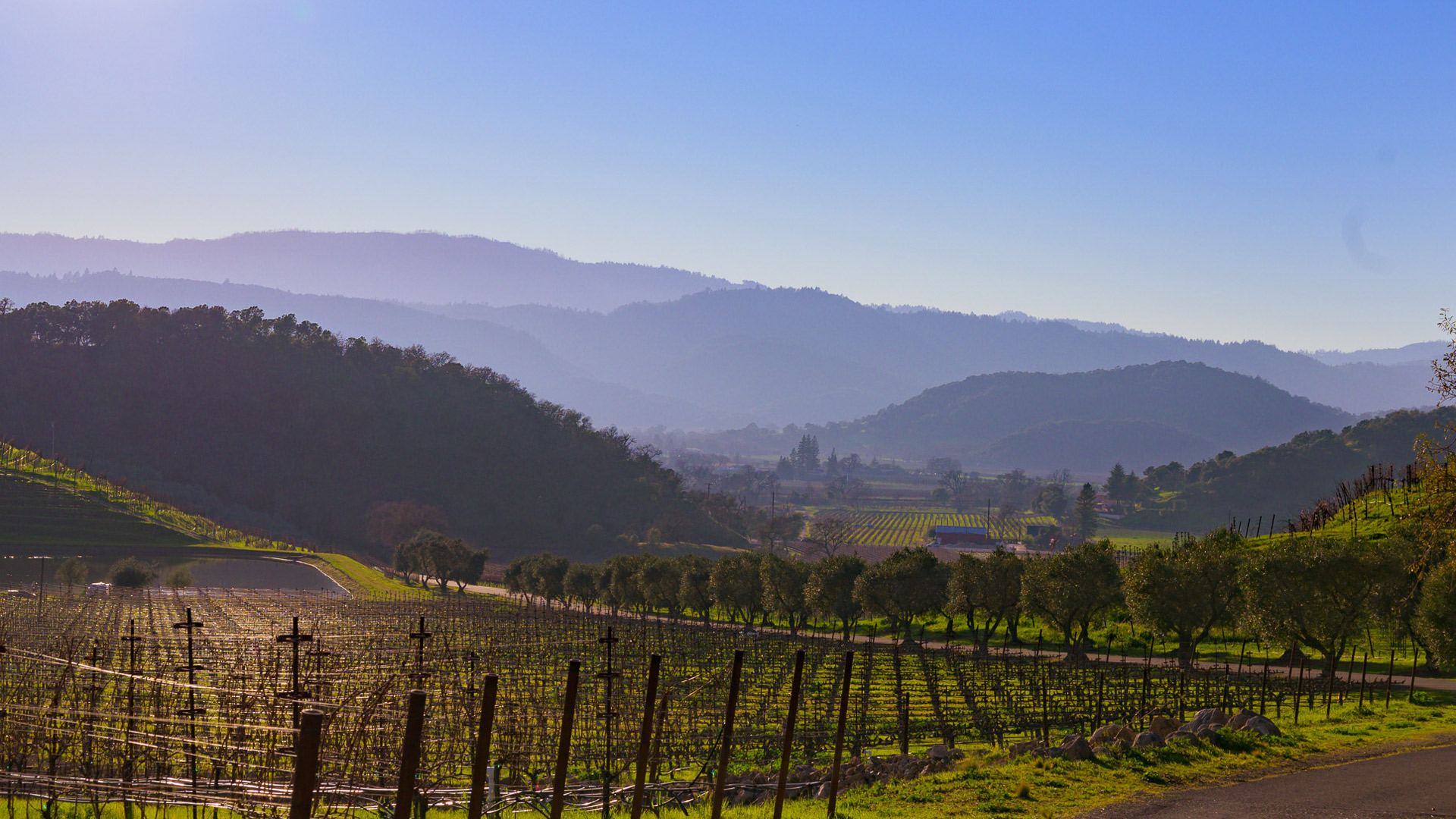Palate
During blending, winemaker Tony Coltrin used various red
grape varieties to help achieve Oberon Cabernet’s lovely flavor and texture. With a kiss of Petit
Verdot, a dash of Merlot and sprinkling of other red varieties helped to create Oberon’s deep colors,
supple tannins, and vibrant black cherry, candied blackberry and spices. A hint of coffee and dark
chocolate create a lingering and delightful finish.
Growing Conditions
Napa Valley native and winemaker, Tony Coltrin, brings more than 40 years of winemaking experience
to Oberon, with expertise in sourcing quality fruit from the best vineyards in the valley and
understanding the region’s uniqueness for growing classic Bordeaux varieties. His long-standing
relationships with local growers ensure a consistency in the quality of the grapes grown in premier
Napa sub-appellations for Oberon.
Despite the lack of rain during the spring, Napa Valley had an excellent growing season and a harvest that
provided an abundance of quality grapes. From spring bud break, through flowering, fruit set, and ripening,
conditions were ideal. A consistent stretch of warm summer weather with a few large heat spikes, and
plenty of cool and foggy nights, helped to ripen grapes our Oberon grapes to perfection.
To create Oberon Cabernet Sauvignon, Tony sourced grapes from throughout Napa’s finest
winegrowing regions, including Rutherford, Oakville, Yountville, Chiles Valley and Capell Valley. By
layering fruit from Napa’s volcanic hillside soils and the deeper alluvial soils of the valley floor, Tony
accomplished his goal of marrying many different expressions into one outstanding Cabernet
Sauvignon that boasts a beautifully seamless mouthfeel and rich, complex texture and flavors.
The 2014 Oberon Cabernet Sauvignon is composed of 86%
Cabernet Sauvignon and 14% other red varietals such as Merlot, Petit Verdot and Syrah.
Winemaking
After the grapes were gently hand-harvested, de-stemmed and crushed, the Cabernet Sauvignon
fermented in stainless steel tanks with an extended post-fermentation maceration. Malolactic
fermentation with French oak, combined with 14 months aging (45% new French oak), helped to
marry the wine’s flavors and tannins.





